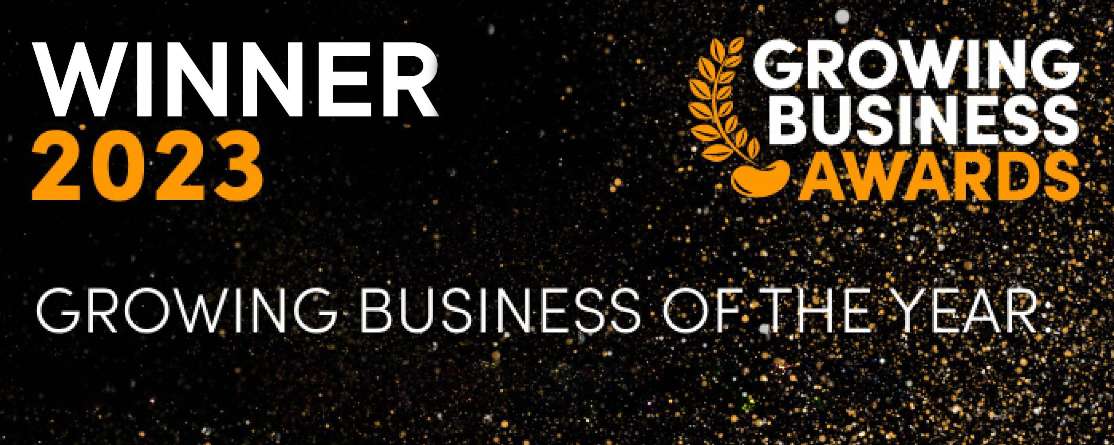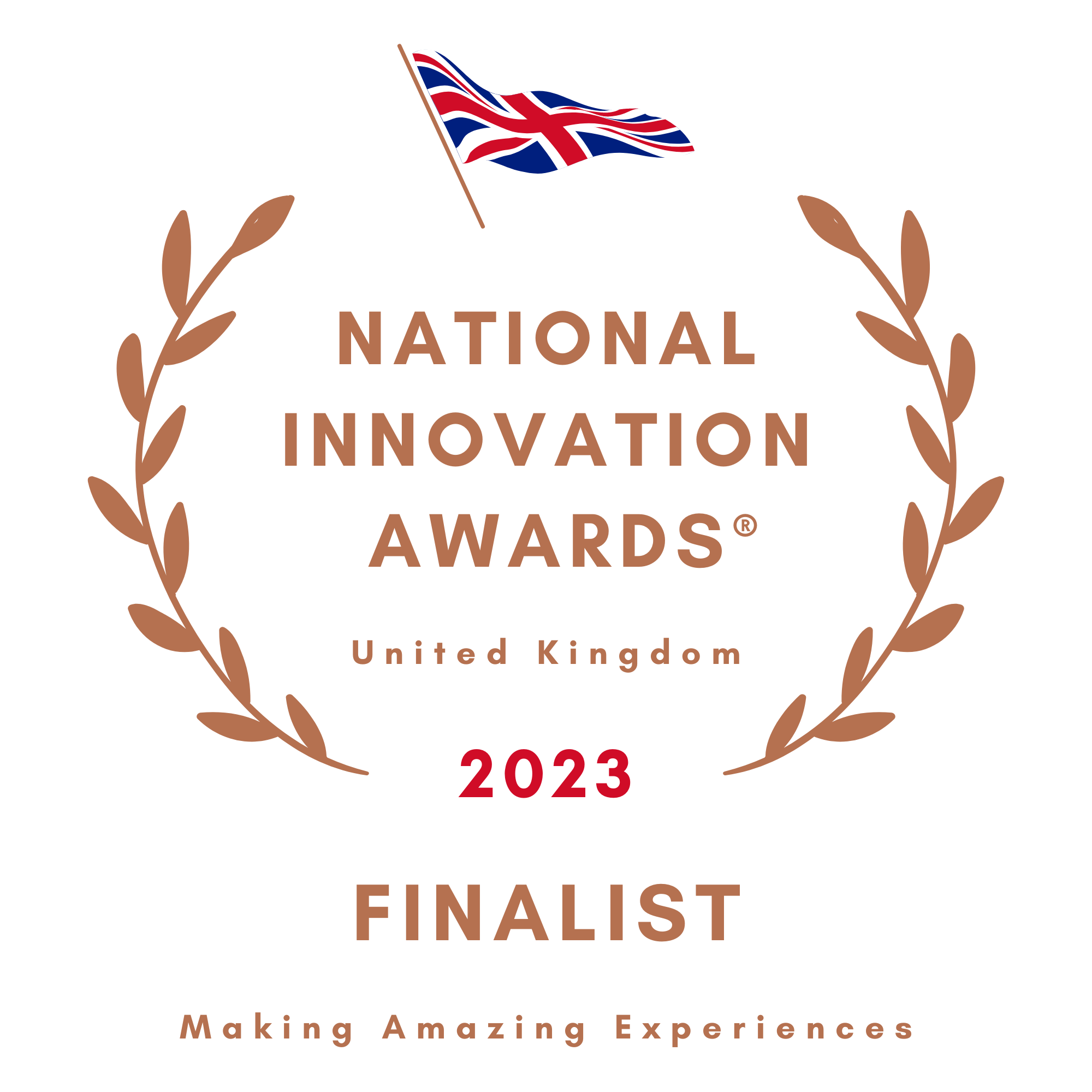Dragonfly AI is a predictive analytics platform designed to help you improve the quality and effectiveness of your creative across any format, channel and market.
The Truth about AI
How will AI leave its mark on CPG?
Severine Tarayre, Consumer Insights Director at Landor and Fitch gives us her thoughts on how AI will leave it's mark on the CPG industry

Severine Tarayre
Are we Troglodytes?
As a consumer insights professional, I've always sought out cutting-edge technologies to enhance my work—making it easier, better, and more captivating. A few years ago, Virtual Reality (VR) held the spotlight at market research conferences and we had a lot of fun experiencing VR headsets for rollercoaster rides or strolling across virtual beams. However, VR failed to revolutionize the realm of market research, ultimately fading away like a passing trend (at least until now, maybe the new Apple Vision Pro will bring some changes). But what about AI? How will it leave its mark on our industry?
The potential impact of AI fills me with excitement, I see opportunities to enable us to be more agile, make smarter decisions and arm us with actionable recommendations. In the past year, I have dedicated considerable time to exploring, testing, and constructing an approach for leveraging AI in the creative process of packaging development.
AI can help us uncover what consumers may struggle to explain verbally, what they are not conscious of (think System 1). For instance, predictive AI eye-tracking can be used in the immersion phase of a packaging refresh to audit the current design, providing invaluable insights to the creative teams.
It highlights what aspects succeed or falter within the current packaging, guiding their efforts in developing new designs. It can identify attention-grabbing elements, assesses design digestibility and clutter, and the gaze of consumers, and more.
Typically, designers would then present an initial round of five or more packaging options, which must be narrowed down to two or three for consumer testing.
Traditionally, this streamlining decision has been driven by intuition—personal preferences of brand managers or other key stakeholders. In this scenario, predictive AI eye tracking can rationalize these choices by assessing individual designs in isolation and in context (on shelf), replicating what captures the human attention in those crucial initial seconds before the brain kicks in.
Consumer research with real humans remains invaluable for exploring nuanced preferences, uncovering deeper insights, and examining specific aspects.
And other AI solutions can help enhance productivity of researchers, enabling us to write better surveys faster, to assist moderators by analyzing discussions in real time, to code open ended responses or summarize qualitative interviews, among other tasks.
This is an exciting time, as we embark on a journey to unravel and grasp the boundless opportunities that AI brings to our field. I eagerly look forward to venturing into uncharted territory, exploring the transformative power of AI in consumer insights.


